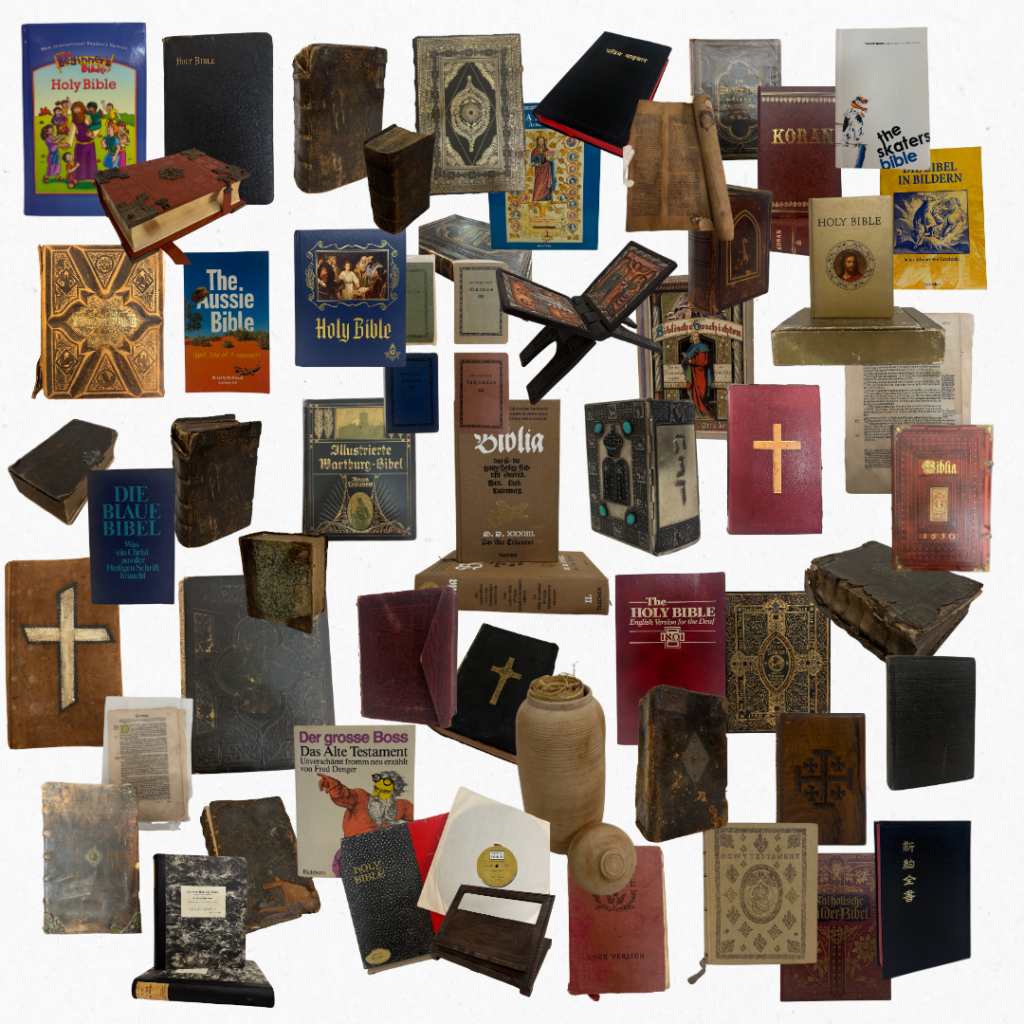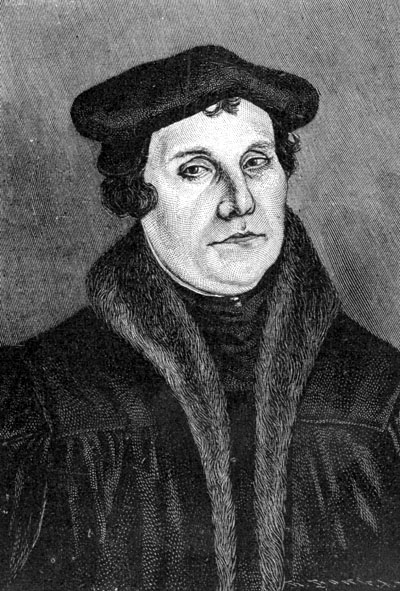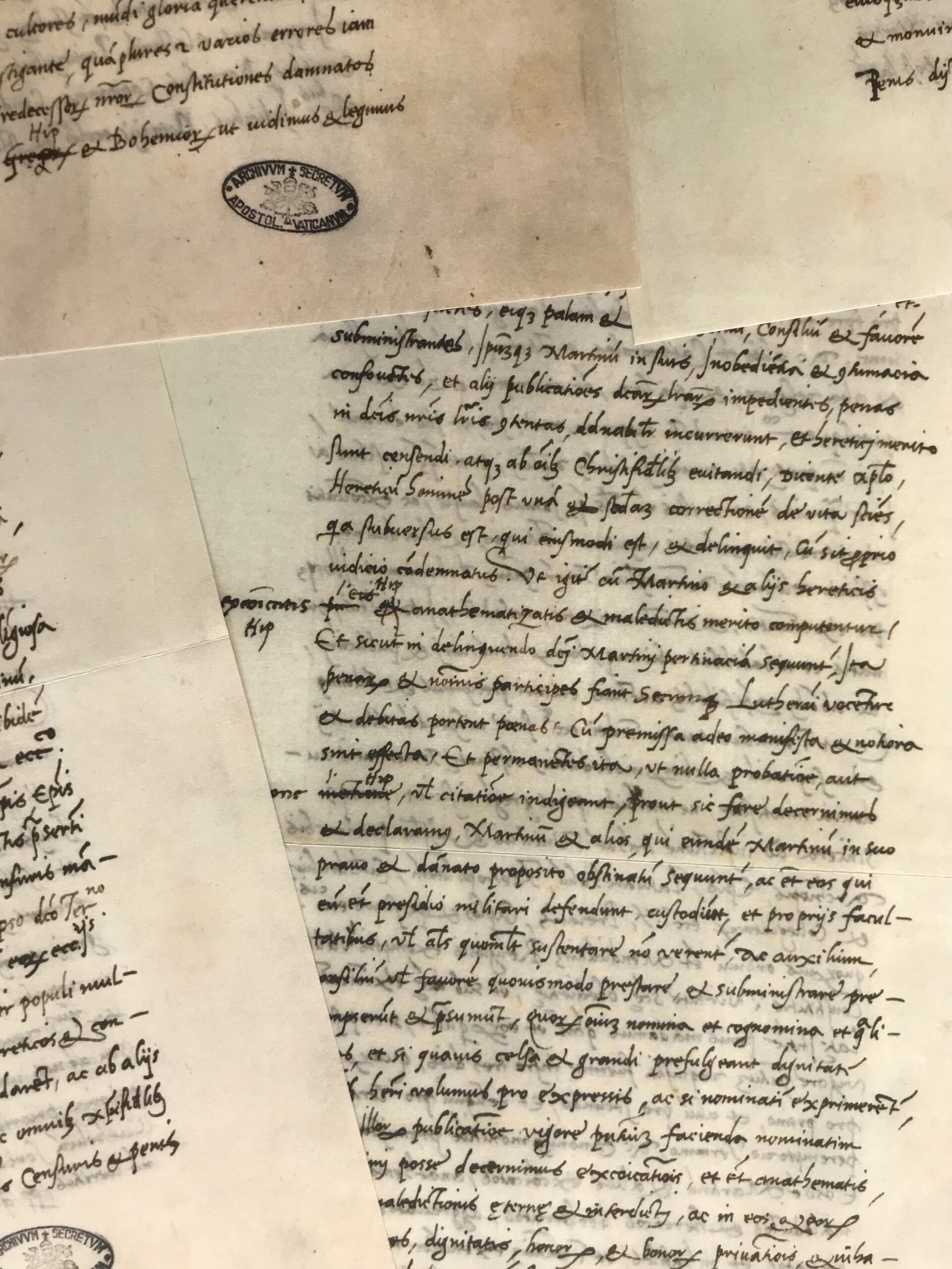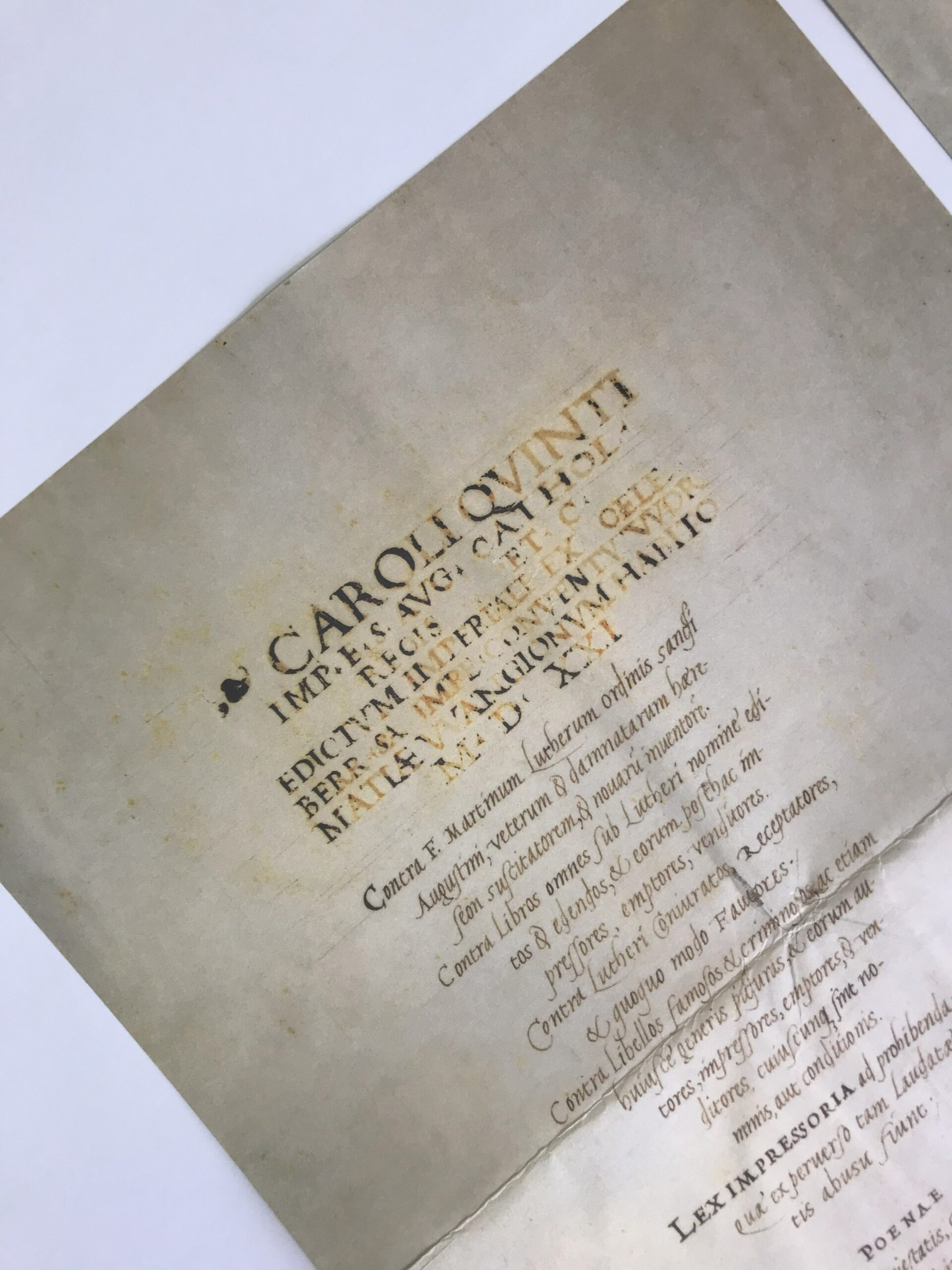Bible exhibit
Adventist Heritage is deeply honored to be entrusted with a remarkable collection of Bibles dating from the 1500s to modern times. Each of these precious artifacts serves as a living testament to the transformative power of the Protestant Reformation—a movement from which Seventh-day Adventism emerged. These Bibles are more than printed pages; they are vessels of faith, courage, and devotion, having inspired generations across centuries.
We invite you to join us in exploring this unique collection, to discover the stories etched into these sacred texts. Each Bible holds a tale of resilience and spiritual awakening, revealing God’s word preserved and shared across time.
Step into this journey with us, and experience the enduring impact of these holy scriptures on the lives they have touched.
Come share in this legacy of faith.
Together, let us keep the light of God’s word shining.
"The grass withers, the flower fades, but the word of our God remains for ever"
- Isaiah 40:8
Preview of artifact selection

History 101
Click here to read
The history of the written Bible traces back to a time when stories and teachings were passed down orally, preserving sacred traditions for generations. As writing developed, early inscriptions were commonly carved into stone and clay, such as those seen on the Rosetta Stone and the Cylinder of Nabonidus, which offer insight into ancient scripts. The transition to scrolls, like those used for the Hebrew Scriptures, allowed for more extensive preservation and transmission of texts.
With the spread of Christianity, the Latin Vulgate, translated by Jerome in the 4th century, became the standard Bible of the medieval church. Over time, translations into vernacular languages, such as Martin Luther’s German Bible and the English King James Version, made Scripture more accessible. The history of the Bible’s transmission reflects the advancement of writing materials, from clay tablets and scrolls to the printed pages we read today, ensuring that God’s Word continues to reach people across generations.

Sola Scriptura: The Heartbeat of the Reformation
Click here to read
Martin Luther (1483–1546), a German theologian, ignited the Protestant Reformation, challenging the Catholic Church’s practices and asserting that salvation is achieved through faith alone. His 95 Theses, nailed to Wittenberg’s Castle Church in 1517, sparked widespread reform, and his refusal to recant at the Edict of Worms in 1521 concluded his influence.
Luther’s German translation of the Bible made Scripture accessible to everyday people, reshaping both faith and language. His legacy endures through countless Protestant traditions and writings, including many Bibles in our collection that feature his translations, each a testament to his enduring impact on Christian faith.



Visit our exhibition in person to see copies of Pope Leo X ‘Decet Romanum’ and ‘The Edict of Worms’ (excommunication letters addressed to Martin Luther).
Modern times
Click here to read
Today, the Bible is available in a vast array of formats, ensuring accessibility for people of all backgrounds and abilities. Traditional printed editions remain widely used, but digital advancements have introduced audio Bibles for those who prefer to listen, as well as pictorial and illustrated versions for visual learners and children. Inclusivity has also played a crucial role in Bible publishing, with Braille Bibles for the blind, sign language translations for the deaf, and dyslexia-friendly editions with specialized fonts and layouts to aid readability. Whether through print, sound, or visual storytelling, modern Bibles continue to make God’s Word accessible to everyone. We invite you to visit our exhibit and explore these diverse editions firsthand—discover how the Bible is reaching more people than ever before and share this experience with others who may benefit from these incredible artefacts!

